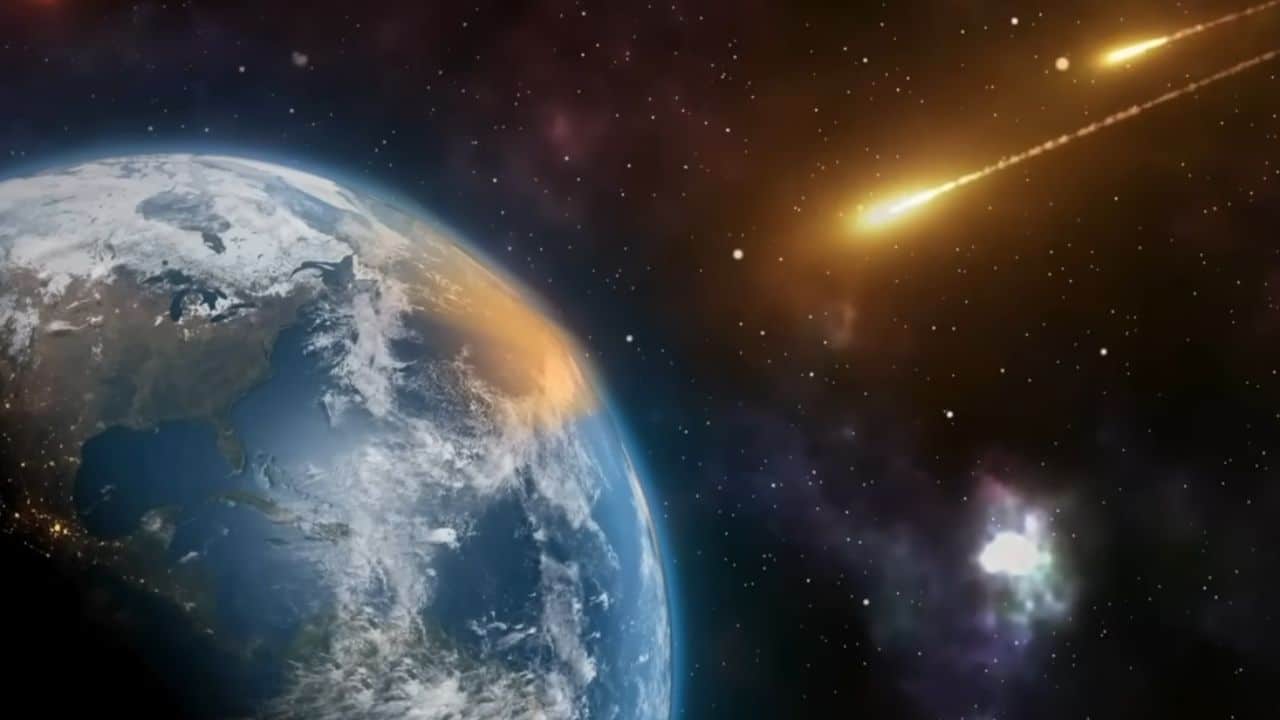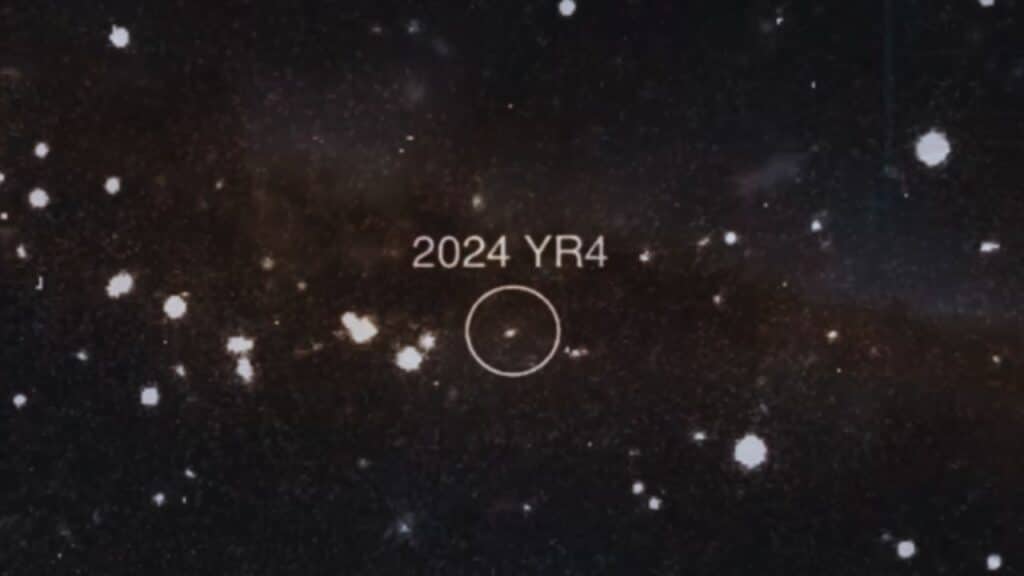A newly discovered asteroid, named 2024 YR4, has captured global attention after NASA reported a 3.1% chance of it striking Earth on December 22, 2032. This makes it the most significant space threat ever recorded by modern forecasting.
However, experts urge the public not to panic, as ongoing observations will likely refine the asteroid’s trajectory, reducing the risk over time. The James Webb Space Telescope (JWST) is set to study the asteroid next month to gather more precise data.
Discovery and Characteristics of 2024 YR4
2024 YR4 was first detected on December 27, 2024, by the El Sauce Observatory in Chile. Astronomers estimate its size to be between 130 and 300 feet (40–90 meters) wide, similar to the Chelyabinsk meteor, which caused damage over Russia in 2013.
The asteroid appears to have a typical rocky composition and is currently traveling in an orbit that takes it toward Jupiter. Its next close approach to Earth is expected in 2028, before the potential impact in 2032.
How Likely Is an Impact?
NASA’s latest calculations indicate a 1 in 32 chance that 2024 YR4 will collide with Earth. To put this in perspective, this is roughly the same probability as guessing five coin tosses in a row correctly.
The International Asteroid Warning Network (IAWN) issued a memo on January 29, 2025, when the impact probability crossed 1%. The European Space Agency (ESA) has also assessed the risk, placing it slightly lower at 2.8%.
Potential Impact and Consequences
If 2024 YR4 enters Earth’s atmosphere, it would likely explode midair in an airburst, releasing energy equivalent to eight megatons of TNT—more than 500 times the power of the Hiroshima bomb. Such an event could cause widespread destruction over a city-sized area.
However, if the asteroid is closer to the larger end of size estimates, it could create an impact crater, causing even greater damage. The potential impact zone currently spans regions across:
- The eastern Pacific
- Northern South America
- The Atlantic Ocean
- Africa and the Arabian Peninsula
- South Asia
Despite these calculations, experts stress that it is too early to take drastic actions such as evacuations or relocations.
What Happens Next?
The James Webb Space Telescope will observe 2024 YR4 in March 2025 to improve trajectory predictions. If the impact risk rises above 10%, the IAWN will issue a formal warning, advising United Nations (UN) member states in the potential impact zone to prepare response measures.
Fortunately, there is enough time to act. NASA’s 2022 DART mission successfully altered an asteroid’s trajectory, proving that planetary defense is possible. Future mitigation strategies could involve:
- Deflecting the asteroid with spacecraft
- Using lasers to alter its course
- Deploying a nuclear device as a last resort
No Immediate Crisis, Says Experts
Despite the concerning numbers, experts emphasize that this is not a planet-ending event.
“This is not the dinosaur killer. This is not the planet killer. At most, this is dangerous for a city,” said Richard Moissl, head of ESA’s planetary defense office.
NASA and global space agencies will continue monitoring the situation, with updated predictions expected in the coming months.
For now, astronomers remain cautiously optimistic that further data will reduce the risk to zero, ensuring Earth remains safe from 2024 YR4.
The Information is collected from NDTV and France24.




































